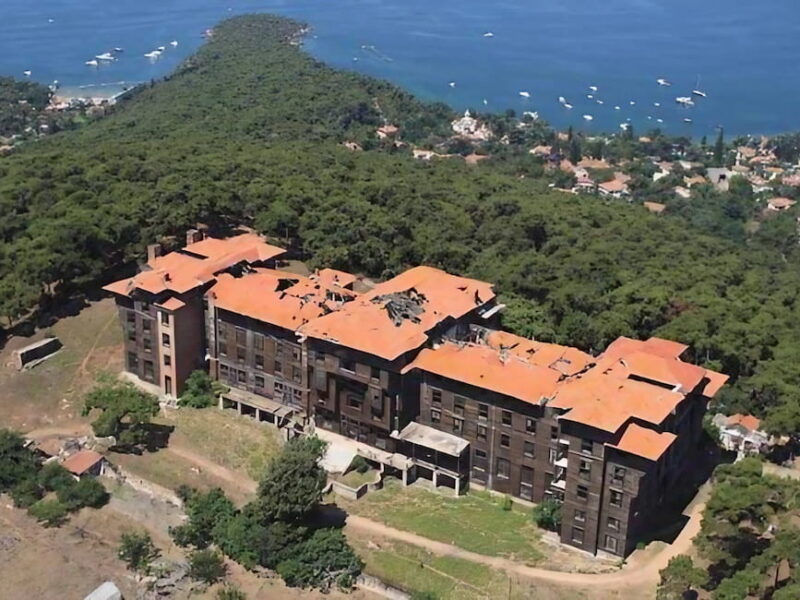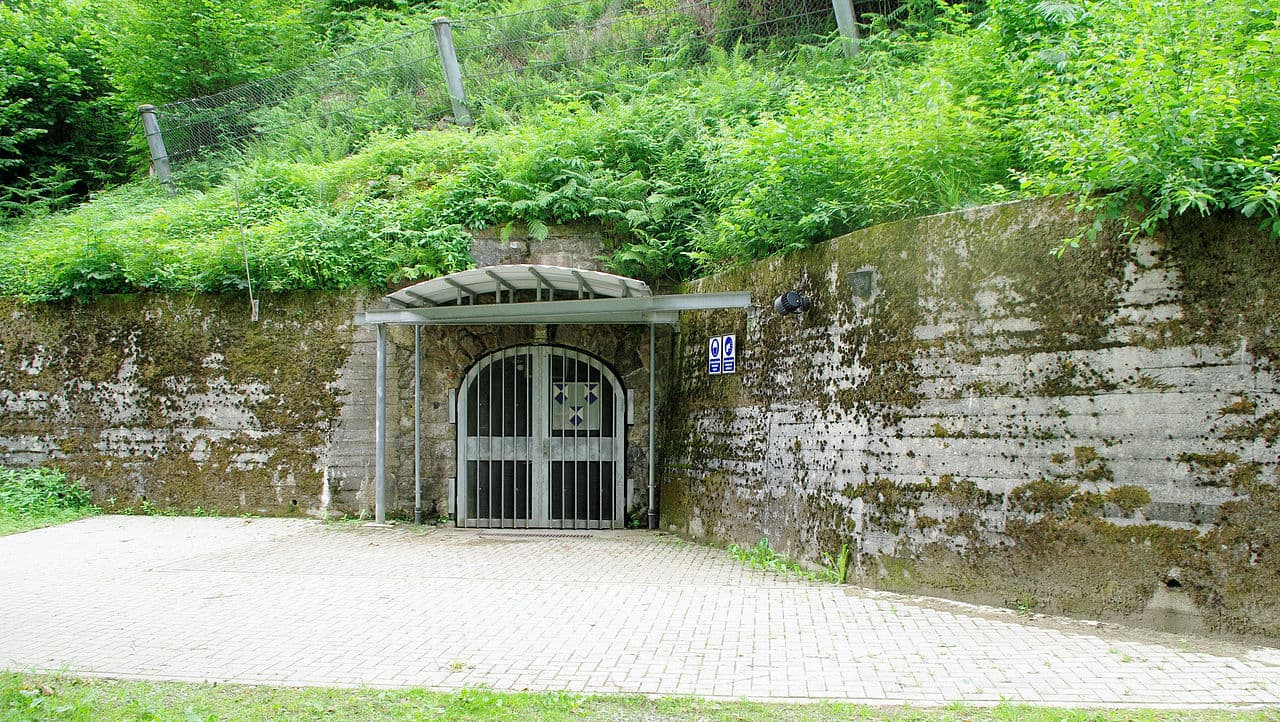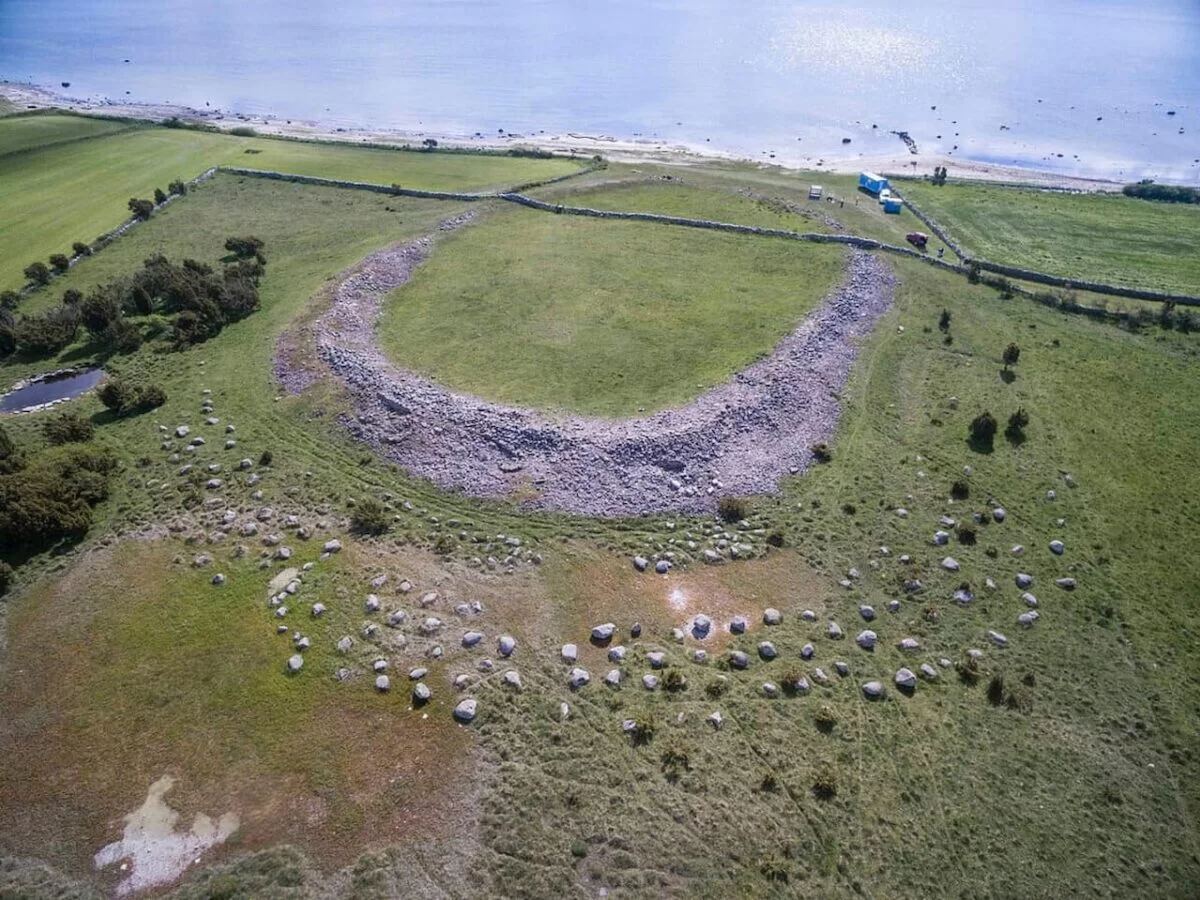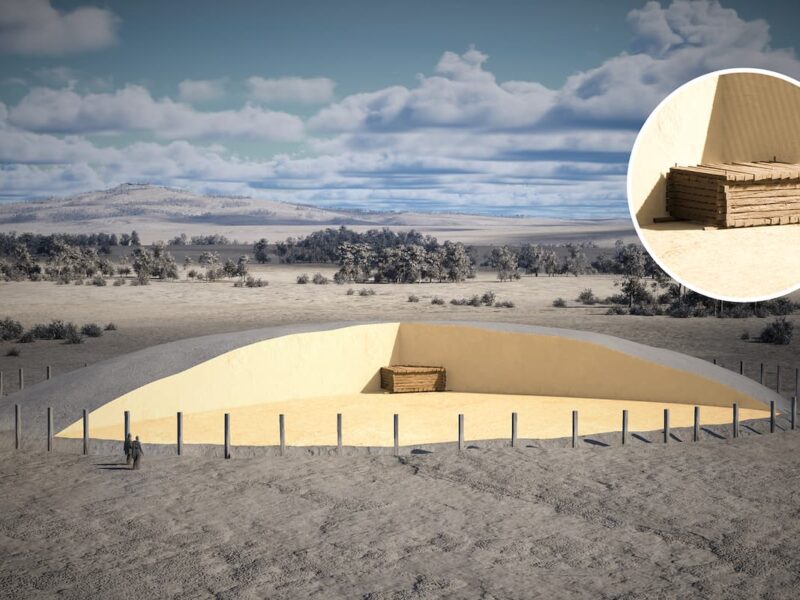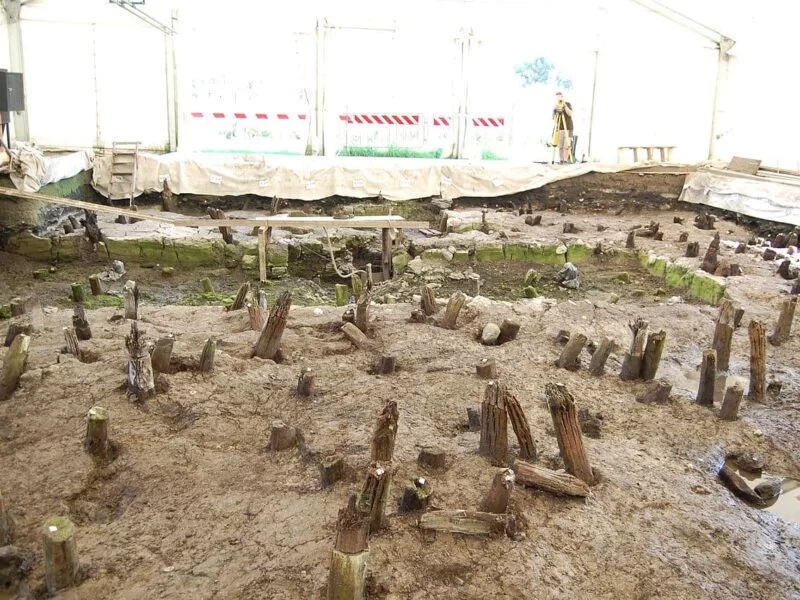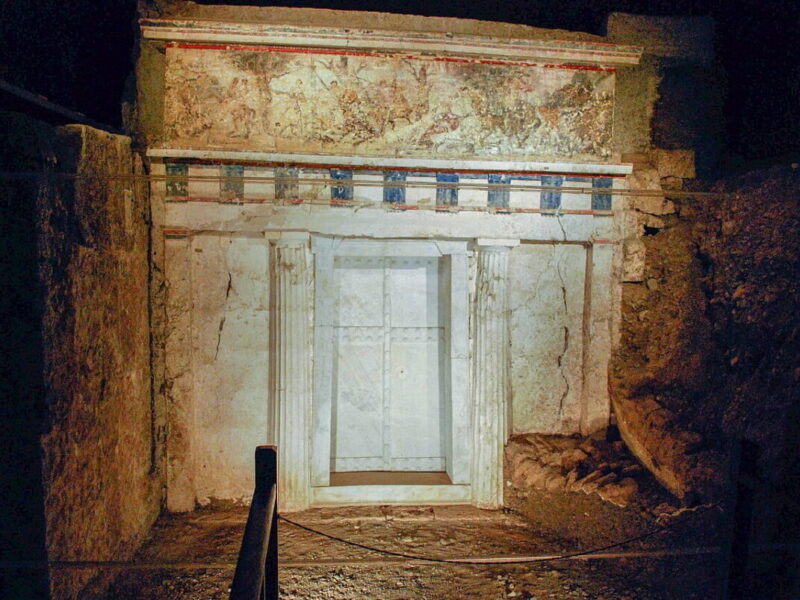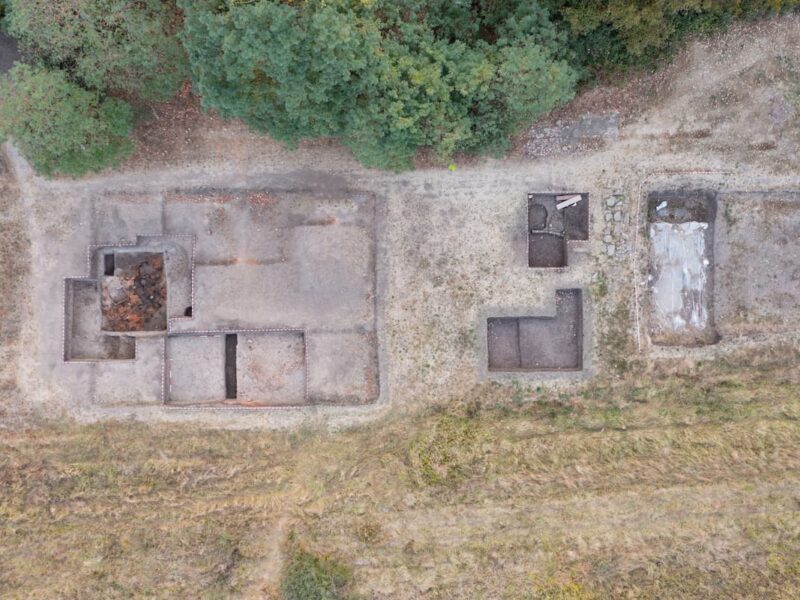Neither the tallest skyscraper in the Middle East or China, nor even the largest temple in the world, the heaviest building constructed by mankind is the Palace of the Parliament in Bucharest, weighing in at just over 4 million tons (in size, it’s the third-largest administrative building in the world after the American Pentagon and the Long’ao of Jinan in China).
Its volume, 2,550,000 cubic meters, exceeds that of the Great Pyramid of Giza by 2 percent and is the third largest in the world, after the Vehicle Assembly Building at Kennedy Space Center and the Quetzalcoatl Pyramid in Mexico.
The construction was ordered by the ill-fated Romanian president Nicolae Ceaușescu, who ruled the Socialist Republic of Romania from 1967 until his execution in 1989.

The design was undertaken by Anca Petrescu, who won the competition at just 28 years old, and she oversaw its construction with the help of a team of 700 other architects.
Construction stretched over 13 years between 1984 and 1997, resulting in a colossal building that blends neoclassicism with modernism and other styles, with sobriety and socialist realism predominating.
To build it on Spirii Hill in the center of the Romanian capital, it was necessary to demolish several neighborhoods in that part of the city, including twelve churches, two synagogues, three monasteries, the National Archives, a hospital, and more than 7,000 homes.

It is estimated that up to 100,000 people could have worked on the palace construction, mostly soldiers from the Romanian army and forced laborers. Some sources mention around 3,000 deaths during the 13-year construction period.
It occupies a total area of 365,000 square meters and houses both the Romanian Senate and the Chamber of Deputies, three museums, and a conference center. Nevertheless, 70 percent of the building remains empty and unused. In fact, of the 1,100 rooms planned, only 400 were actually built.
It has 12 above-ground floors and 8 underground levels down to 92 meters deep, the lowest of which is an atomic bunker (according to some sources, there are 2 bunkers) connected to other institutional buildings by a network of 20 kilometers of tunnels. Due to its weight, the building sinks about 6 millimeters per year.

Among the materials used in its construction are: 3,500 tons of glass, 700,000 tons of steel and bronze, 1 million cubic meters of marble, 900,000 cubic meters of wood, and 200,000 square meters of carpets and rugs.
After the fall of communism, its demolition, conversion into a casino, or burial were considered, although ultimately none of these proposals succeeded, and it became the home of the Romanian Parliament.

Visits are allowed in restricted areas, which has given rise to legends and stories about those parts where access is not permitted.
One of these legends says that a subway line connects the building to the city’s airport, another that there are two underground canals that would serve as escape routes in case of revolution.
Curiously, the Romanian state never reached an agreement with architect Anca Petrescu regarding the intellectual property rights of the building, so any commercial use of its image is subject to royalties, claimed by her heirs.
This article was first published on our Spanish Edition on August 1, 2019. Puedes leer la versión en español en El palacio del Parlamento de Bucarest es el edificio más pesado del mundo
Sources
Guinness World Records / Google Arts & Culture / Uncover Romania / Wikipedia
Discover more from LBV Magazine English Edition
Subscribe to get the latest posts sent to your email.



